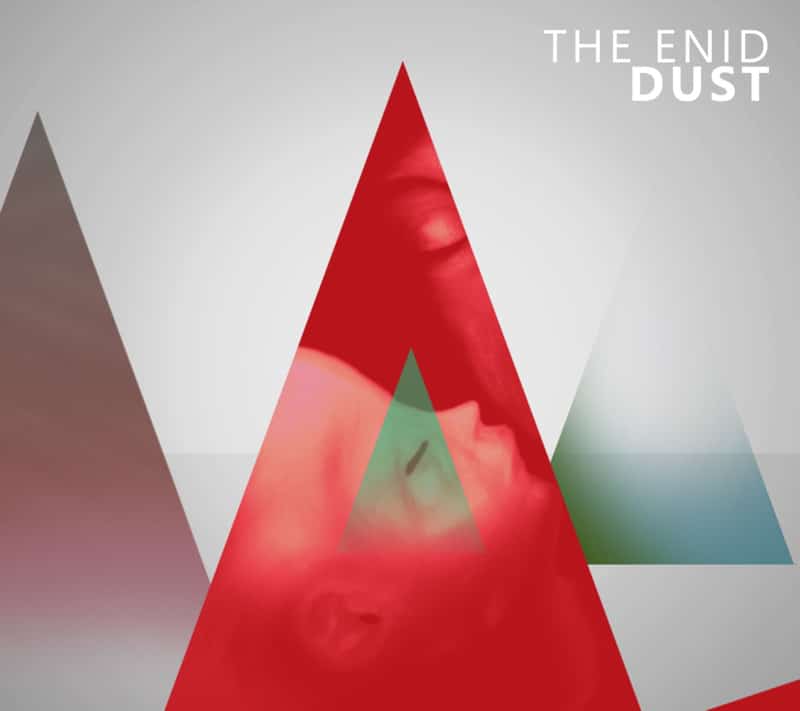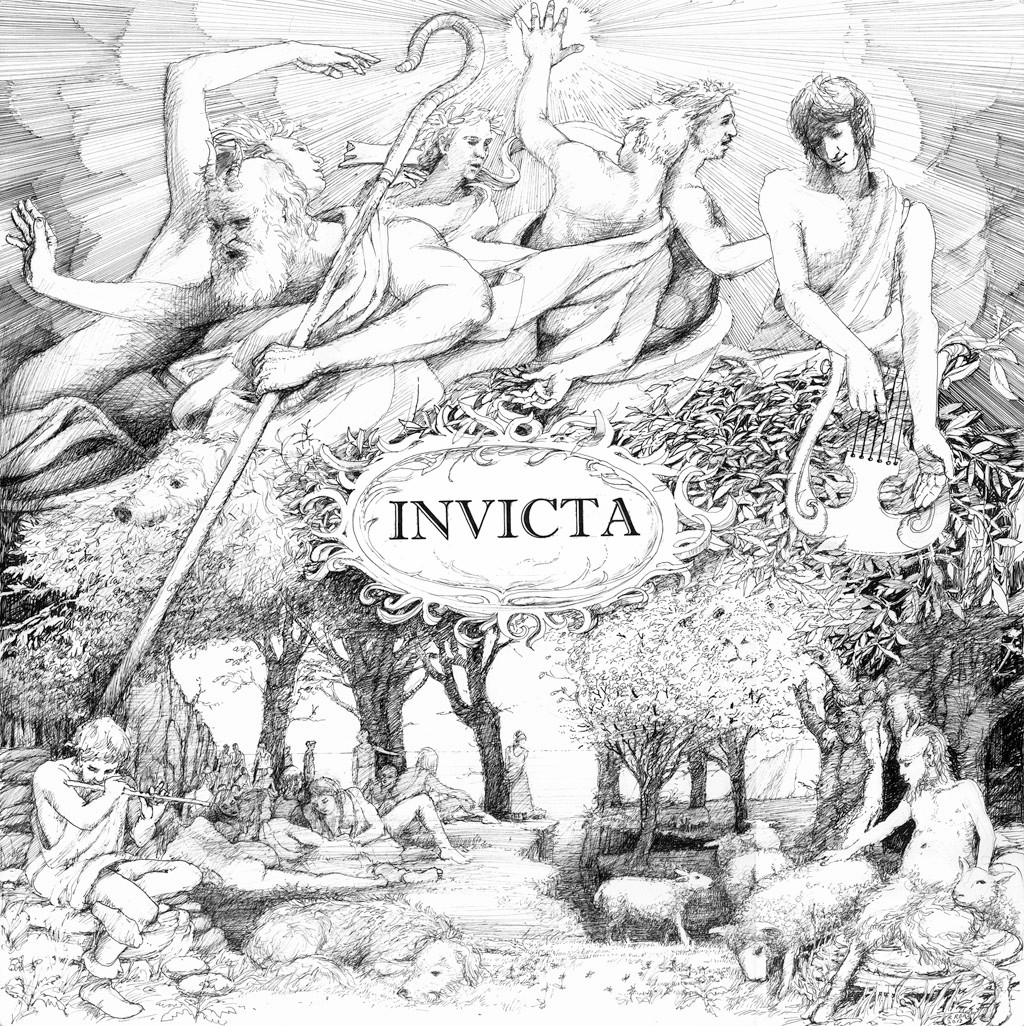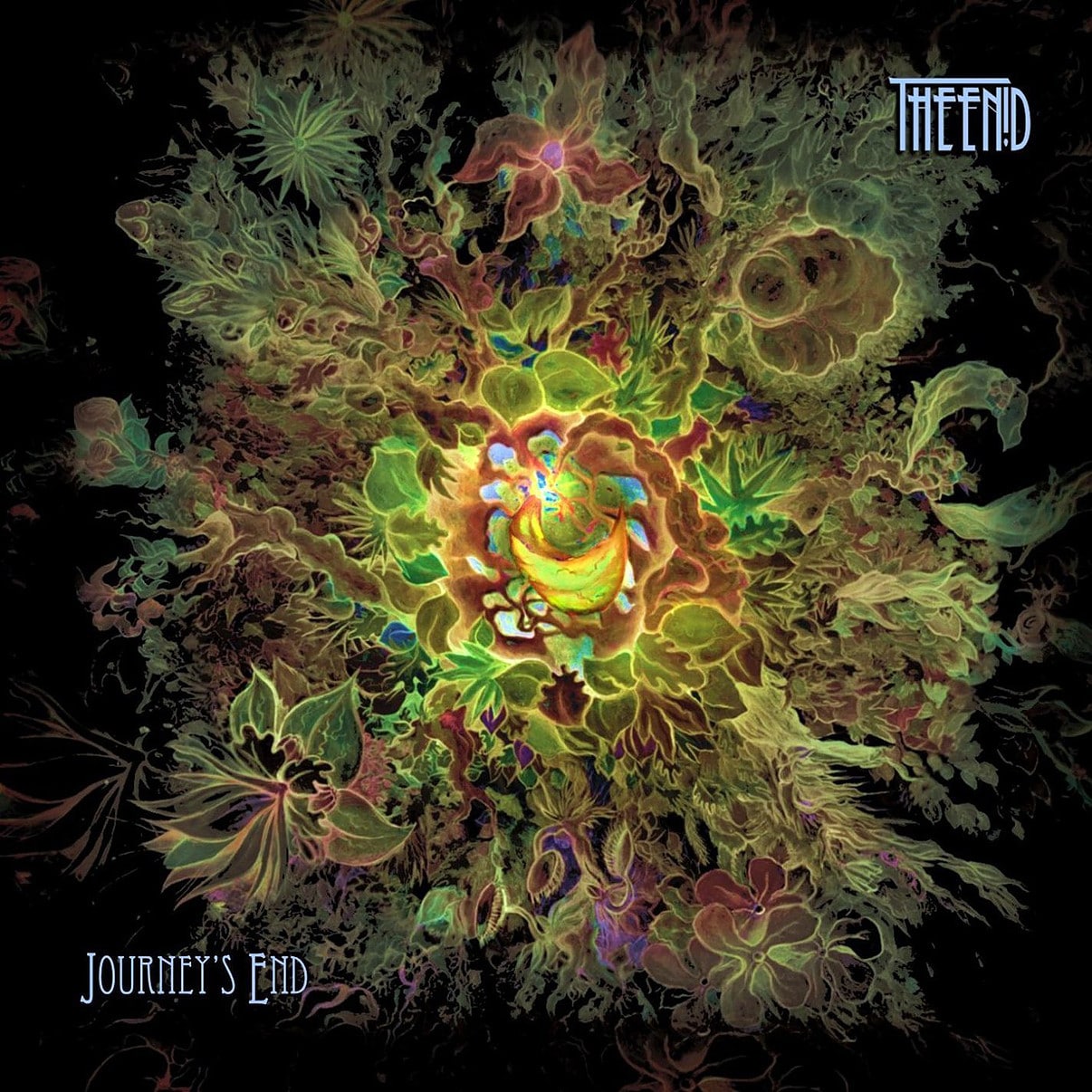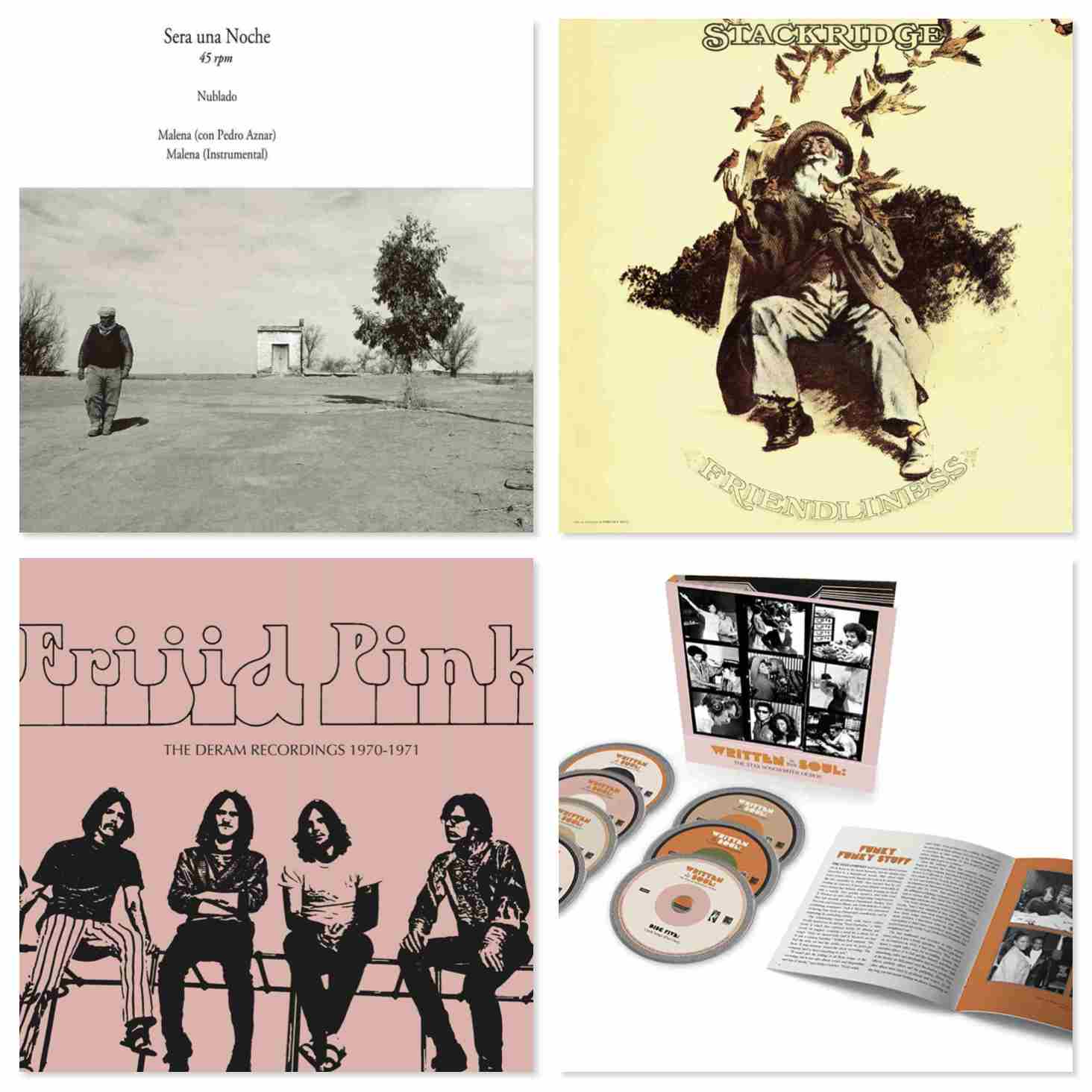The Article
The Enid’s Journey End, Indicate and Dust: classical prog
21st April 2016

Title: Journey’s End
Label: Operation Seraphim
Title: Invicta
Label: Operation Seraphim
Title: Dust
Label: Operation Seraphim
The Enid is a died-in-the-wool prog band that originally stems from the golden age of the genre, in the 70s. They have kept the flag flying through the many prog unfriendly times (with a brief period of hibernation during the early and then late 90s). Through punk and new wave, to indie and Britpop to emerge, blinking, into these newly coalesced prog-friendly times. Over the years, the group has remained active, producing albums on a regular basis and relying on a core fanbase to keep them solvent.
Formed in 1974 by Robert John Godfrey, late of Barclay James Harvest, around a significant combination of classical constructions with rock outbursts, I was handed a selection of newly released/reissued CD packs to peruse that from the Journey’s End Trilogy.
Journey’s End itself is a 2010 release that features the end of the Earth and a journey through space to find a new home. As such, the first track is a rocking piece of high energy and layered vocals.
From this point onwards, though, there is far more classical orientation featured in and around the album as the music transforms itself into a combination of classic and symphonic rock. The contrast between the first track and those that follow is stark and the picture it paints is handled well by the band as rock transforms itself into classic ambience. Vocal duties are handled by Max Read.
The mastering is very good indeed. It’s easy to hear the rather subtle guitar strumming on the track, Space Surfing, for example, even while the orchestrations spurt forth and the vocals are blazoning at full power.
Invicta (2012) features the beautiful falsetto vocalisations (and lyrics, incidentally) of Joe Payne (who has a slight Peter Hamill inflection). The work is grand, glorious, complex, momentous and stark staring mad…in a Stephen Sondheim kinda way, with detailed lyrics that hold a narrative (although often ‘out there’ in nature) while the avant classical construction maintains the looked-for prog complexities to please any fan while the Everest-sized string arrangements add glory and magnificence to the songs themselves.
The music itself is still dominant. While the lyrics are sometimes wordy and detailed they never spill over into vocal-diarrhoea as you might find in a Jim Steinman-produced Meatloaf track. The arrangements always provide space and time for the music to frame the words. The nature is almost operatic in terms of pace.
This is a stupendous album. A significant and decently mastered album. An album to love and to hold, till death do you part.
Dust is the band’s new album, recorded throughout 2014 to 2015, which sees the end of the trilogy as Payne picks up the vocal duties again. Once again, the classical, even operatic structures are present while the wordy songs continue the narrative feel of the pieces which are framed in a rock framework. Dust doesn’t feel like a unique project piece, a separate album, it has a ‘Part 3’ feel to it. In fact, Dust could have appeared after a commercial break to Invicta, that is, but that’s a good thing because it adds a measure of coherence and flow to the Journey’s End sequence.
Listening to the entire trilogy is quite an experience and one that needs many, many revisits to explore and to full appreciate. This is music with so much depth, you need an oxygen tank to get you through it.
The band should proud of their achievement.




